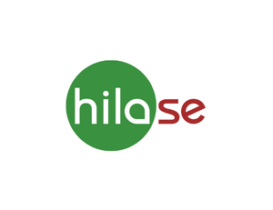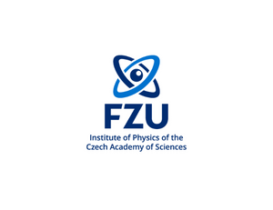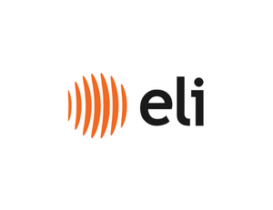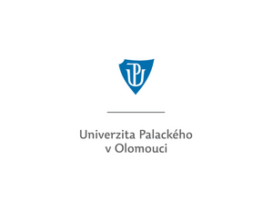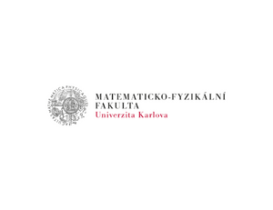We are delighted to announce a significant achievement of the joint strategic partnership between the HiLASE Centre (FZU CAS) and the ELI Beamlines Facility. A team of researchers from both laser centres has recently published an article in the prestigious journal Communications Physics (Nature publishing). The topic of the article was A multi-MeV alpha particle source via protonboron fusion driven by a 10-GW tabletop laser.
Congratulations to our colleagues, HiLASIANS, Yoann Levy, Jaroslav Huynh, Martin Cimrman, Antonio Lucianetti and Tomas Mocek and also to Valeriia Istokskaia, Marco Tosca, Lorenzo Giuffrida, Jan Psikal, Filip Grepl, Vasiliki Kantarelou, Stanislav Stancek, Arsenios Hadjikyriacou, Daniele Margarone from the ELI Beamlines Facility, The Extreme Light Infrastructure ERIC, for this success.
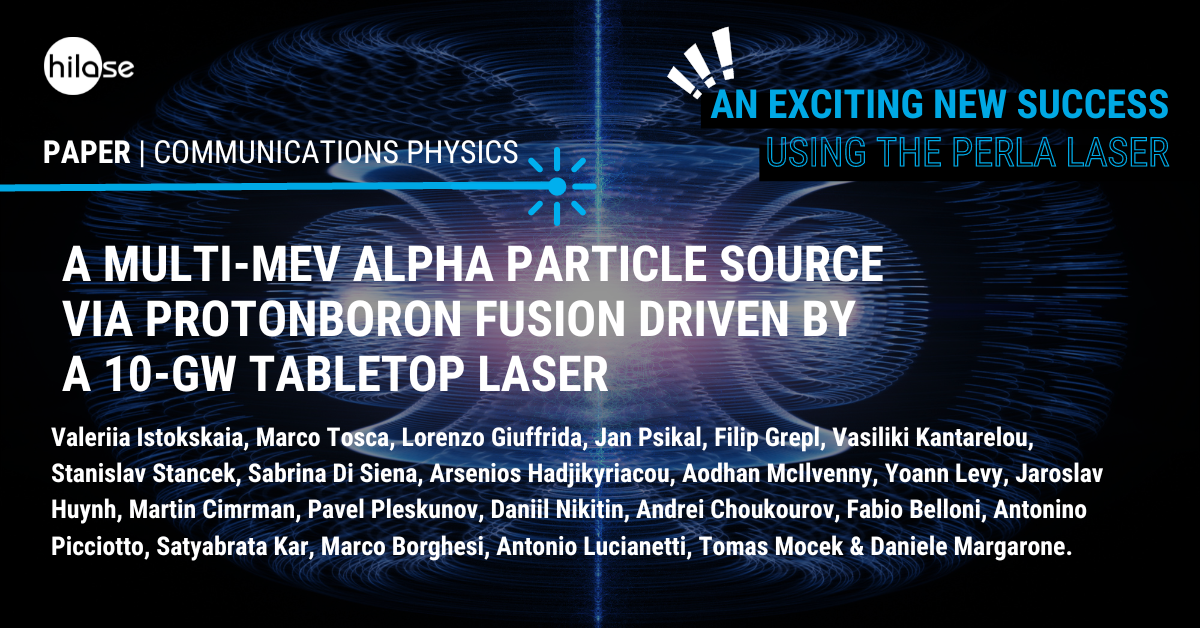
“I am extremely pleased with this significant success of the strategic collaboration between the HiLASE Centre and the ELI Beamlines Facility. My sincere congratulations to the entire team for a successful experiment and for publishing the results in a prestigious journal. The world-first use of a tabletop 10GW laser capable of operating at 1 kHz, HiLASE PERLA B, for the generation of a practically continuous alpha particle source from proton-boron fusion is proof that a new era of laser fusion research and development for practical and economically affordable applications is beginning. Compact HiLASE laser technologies thus have another field of application.” – Tomáš Mocek, head of the HiLASE Centre
Nuclear fusion between protons and boron-11 nuclei has undergone a revival of interest thanks to the rapid progress in pulsed laser technology. Potential applications of such reaction range from controlled nuclear fusion to radiobiology and cancer therapy. A laser-driven fusion approach consists in the interaction of high-power, high-intensity pulses with Hand B-rich targets. We report on an experiment exploiting proton-boron fusion in CN-BN targets to obtain high-energy alpha particle beams (up to 5 MeV) using a very compact approach and a tabletop laser system with a peak power of ~10 GW, which can operate at high-repetition rate (up to 1 kHz). The secondary resonance in the cross section of protonboron fusion (~150 keV in the center-of-mass frame) is exploited using a laser-based approach. The generated alpha particles are characterized in terms of energy, flux, and angular distribution using solid-state nuclear-track detectors, demonstrating a flux of ~105 particles per second at 10 Hz, and ~106 per second at 1 kHz. Hydrodynamic and particle-in-cell numerical simulations support our experimental findings. The potential impact of our approach on the future spread of ultra-compact, multi-MeV alpha particle sources driven by moderate intensity (1016-1017 W/cm2) laser pulses is anticipated.
In order to accelerate protons up to the energies covering the secondary resonance energy peak required for p-B fusion (148 keV), the tabletop PERLA B laser system was used. The main laser pulse was preceded by a ~1.5-ps prepulse (with an intensity contrast ratio of ~10−3) generating a long preplasma plume (~30 μm) at the target front side that allowed to enhance the subsequent proton acceleration in the backward direction.
This is the very first team to experimentally demonstrate a multi-meV alpha particle source using a truly table-top 10GW laser capable to operate at 1kHz.
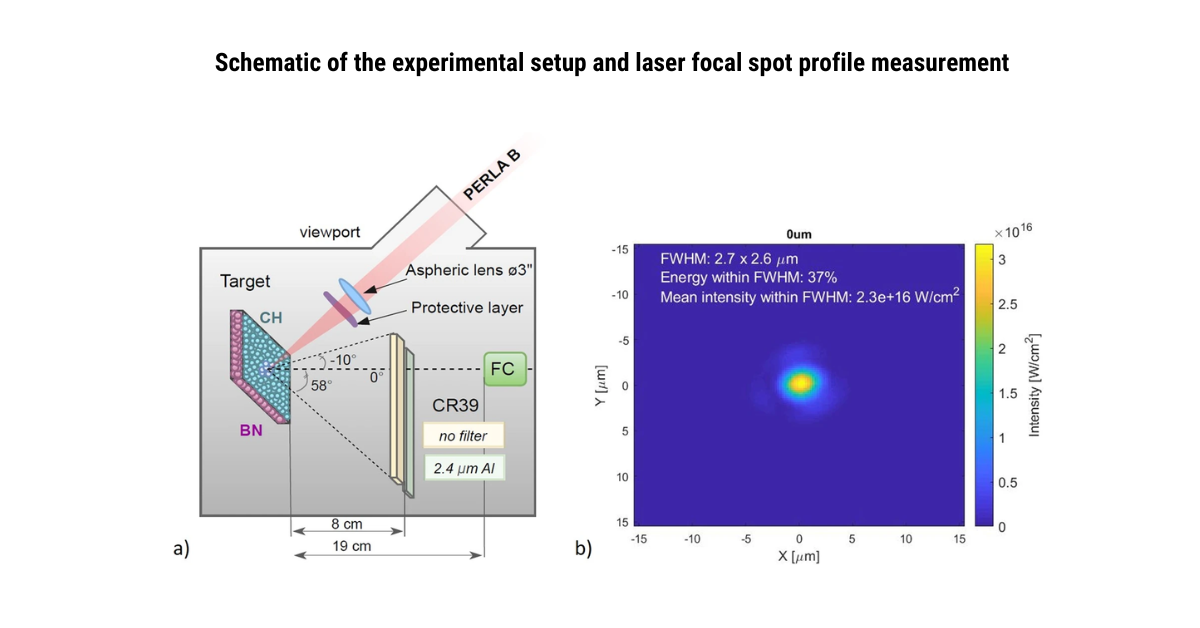
We organized an experiment at the HiLASE laser center, where a commercial tabletop PERLA laser is available, a high-repetition-rate (1 kHz, i.e. 1000 shots per second) GW-level system with ~1.5 ps long pulse duration. We decided to employ the “in-target” approach using a specially developed double-layered target containing H atoms deposited on the Boron substrate. By a combination of the laser and target setup, we were able to accelerate protons to the energy region around the secondary pB reaction resonance and measure alpha particles, products of the pB fusion reaction. The main diagnostics of alpha particles were solid-state nuclear track detectors CR39. We have tested our setup at both 1 Hz and 1 kHz repetition rates. Moreover, our team performed a combination of hydrodynamic and particle-in-cell simulations to investigate the physics behind the laser-target interaction in more detail, eventually supporting the experimental results. – Valeriia Istokskaia, ELI Beamlines Facility
The article was prepared in cooperation with Czech Technical University in Prague, Faculty of Nuclear Sciences and Physical Engineering; Charles University, Faculty of Mathematics and Physics, Department of Macromolecular Physics; MARVEL FUSION GmbH, Germany; Palacký University in Olomouc, Faculty of Science, Joint Laboratory of Optics of Palacký University and Institute of Physics of the Czech Academy of Sciences Physics Department; University of Naples Federico II, Naples, Italy; Centre for Light-Matter Interactions, School of Mathematics and Physics, Queen’s University Belfast, Belfast, United Kingdom; School of Electrical Engineering and Telecommunications, Faculty of Engineering, UNSW Sydney, Australia; Micro-Nano Facility – Sensors and Devices Center, Fondazione Bruno Kessler (FBK), Trento, Italy.
Authors and co-authors:
Valeriia Istokskaia, Marco Tosca, Lorenzo Giuffrida, Jan Psikal, Filip Grepl, Vasiliki Kantarelou, Stanislav Stancek, Sabrina Di Siena, Arsenios Hadjikyriacou, Aodhan McIlvenny, Yoann Levy, Jaroslav Huynh, Martin Cimrman, Pavel Pleskunov, Daniil Nikitin, Andrei Choukourov, Fabio Belloni, Antonino Picciotto, Satyabrata Kar, Marco Borghesi, Antonio Lucianetti, Tomas Mocek & Daniele Margarone.
Communications Physics is an open access journal from Nature Portfolio publishing high-quality research, reviews and commentary in all areas of the physical sciences. Research papers published by the journal represent significant advances bringing new insight to a specialized area of research in physics. Primary research published in Communications Physics includes novel experimental results, and new techniques or computational methods that may influence the work of others in the sub-discipline.
Read the FULL ARTICLE.
For information regarding the laser system PERLA click HERE. If you are interested in more information about the thin-disk compact laser system PERLA, please, visit its product page.


